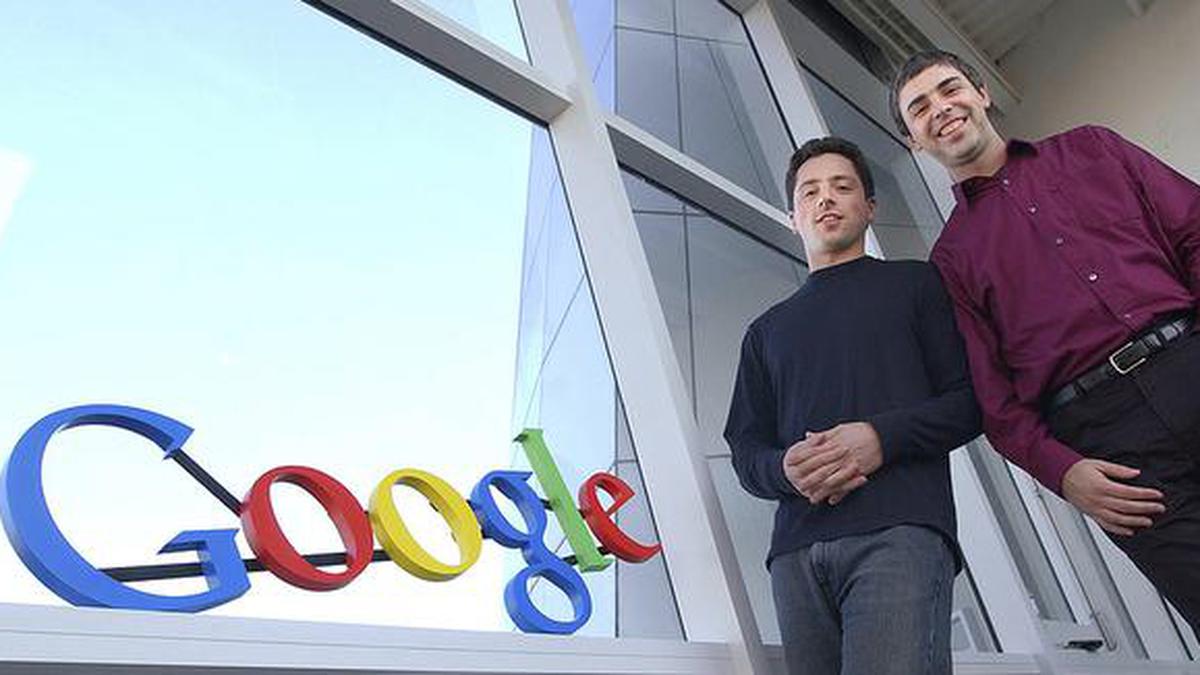
Once thought to be an April Fool’s prank by Google, Gmail marks 20 years
The Hindu
Google co-founders shocked the world with Gmail on April Fool's Day, revolutionizing email storage and search capabilities.
Google co-founders Larry Page and Sergey Brin loved pulling pranks, so much so they began rolling outlandish ideas every April Fool’s Day not long after starting their company more than a quarter century ago. One year, Google posted a job opening for a Copernicus research centre on the moon. Another year, the company said it planned to roll out a “scratch and sniff” feature on its search engine.
The jokes were so consistently over-the-top that people learned to laugh them off. And that’s why Mr. Page and Mr. Brin decided to unveil something no one would believe was possible 20 years ago on April Fool’s Day.
It was Gmail, a free service boasting 1 gigabyte of storage per account, an amount that sounds almost pedestrian in an age of one-terabyte iPhones. But it sounded like a preposterous amount back then, enough to store about 13,500 e-mails before running out of space compared to just 30 to 60 e-mails in the then-leading webmail services run by Yahoo and Microsoft.
Gmail also came equipped with Google’s search technology so users could quickly retrieve a tidbit from an old e-mail
“The original pitch we put together was all about the three ‘S’s” — storage, search and speed,” said former Google executive Marissa Mayer.
It was such a mind-bending concept that shortly after The Associated Press published a story about Gmail, readers began calling and emailing to inform the news agency it had been duped by Google’s pranksters.
“That was part of the charm, making a product that people won’t believe is real. It kind of changed people’s perceptions about the kinds of applications that were possible within a web browser,” former Google engineer Paul Buchheit said.













